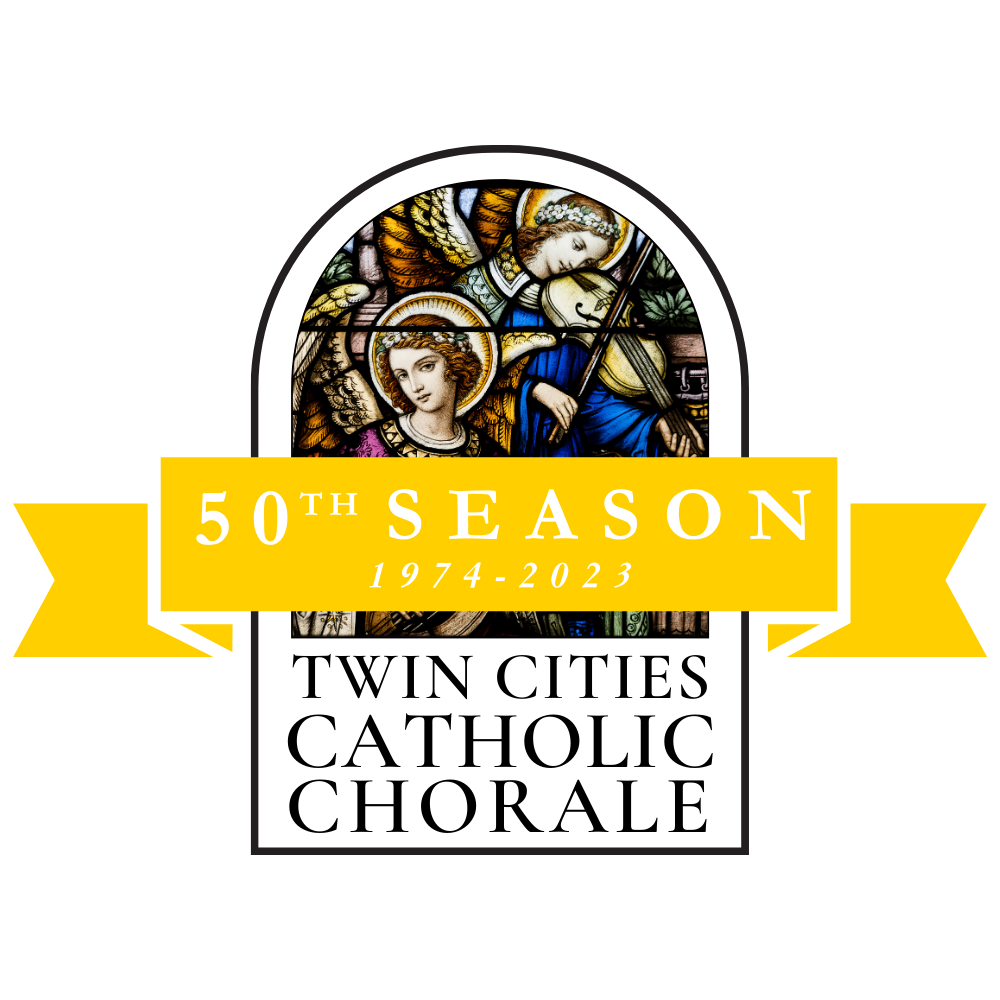After 30 years as assistant Kapellmeister and then Kapellmeister at the Esterházy Palace, Joseph Haydn (b.Rohrau,1732; d.Vienna,1809) became a musical “free agent” at age 58. His patron, Prince Nikolaus I Esterházy “The Magnificent” (r.1762-1790), died and Nikolaus’ son and successor, Prince Anton Esterházy (r.1790–1794), disbanded the palace orchestra to assist in the funding of an army for the defense of the Holy Roman Empire from the emerging French Empire. Haydn, who now had no duties, opted for an “early out” and began drawing a healthy Kapellmeister “pension”, which allowed him to move to Vienna, tutor a young pupil named Ludwig van Beethoven, make two extended “tours” to England, and become wealthy with his compositions and personal appearances. In 1796 he was invited back to the Esterhazy’s service, and to a reconstituted Esterházy palace orchestra, under Anton’s successor Prince Nikolaus II Esterházy (r.1794-1833). Over the next six years Haydn composed the Heiligmesse and five other Masses to commemorate the name day (September 12, the Most Holy Name of Mary) of Princess Marie Hermengild, the wife of Nikolaus II. The six Masses in order of their composition are the Heiligmesse (1796); the Paukenmesse (1797); the Nelsonmesse (1798); the Theresienmesse (1799); the Schöpfungsmesse (1801) and the Harmoniemesse (1802). They are all in the repertory of the Chorale. These late Masses coincide with the compositions of Haydn’s late symphonies. The Heiligmesse also marks the beginning of Haydn’s new sacred compositions after a pause of some fourteen years. A hiatus caused by the severe restrictions imposed on liturgical music by the “enlightened” Holy Roman Emperor Joseph II (r.1765-1790), who was known by some as “Joseph the Sacristan”.
Haydn named the Heiligmesse in honor of Blessed Bernard of Offida, an Italian Capuchin who was beatified by Pope Pius VI in 1795. The Austrians quickly found a nickname for the Mass, calling it the Heiligmesse, which was derived from the melody of a traditional German congregational hymn, Heilig, Heilig, Heilig (Holy, Holy, Holy), sung by the tenors and altos in the Sanctus. There is very little solo or quartet work in this Mass, but the choral composition is masterful, especially the intricate fugue in the Quoniam tu solus sanctus at the end of the Gloria and the subtle Et incarnatus est in the middle of the Credo. The orchestration calls for a full complement of strings, oboes, bassoons, trumpets, timpani, and organ. The Heiligmesse is a favorite among Chorale members and is a special way to celebrate Pentecost.
(Adapted from an undated and unpublished note by Monsignor Richard J. Schuler)
